Skyscrapers are an unattainable part of modern cities, symbolizing the very essence of functionality and pragmatic urban solutions. In any modern city, these structures do not qualify as a controlled dissolution of certain conflicts but also embody the notions of power, development, and prestige that define the identity of these metropolises.
What defines a skyscraper, and classification criteria?
While height is the most apparent criterion, there’s more to a skyscraper than its impressive stature. A building must be self-supporting and contain at least 50% habitable floor space to be considered a true skyscraper. This requirement excludes dedicated observation towers and other tall structures from the skyscraper category. As a result, communication and observation towers like Tokyo’s Skytree or Berlin’s Fernsehturm, despite their significant height, are not classified as skyscrapers.
A true skyscraper must reach a minimum height of 150 meters. Historically, this was a somewhat exclusive club, but engineering and construction techniques advancements have allowed more buildings worldwide to meet these criteria. As a result, the definition of skyscrapers has evolved, and two additional categories have emerged:
Supertall: Buildings that exceed 300 meters in height, such as New York City’s Central Park Tower, Taiwan’s Taipei 101, and Melbourne’s Australia 108.
Megatall: Structures that rise above 600 meters, including China’s 632-meter Shanghai Tower and the world’s current tallest building, the 828-meter Burj Khalifa in the United Arab Emirates. Malaysia’s 644-meter Merdeka 118 is also set to join this elite category, surpassing Shanghai Tower as the world’s second-tallest building upon completion.
What are the key steps in constructing a skyscraper?
Constructing a skyscraper is an intricate process that demands meticulous planning, precise execution, and a thorough understanding of various environmental, structural, and regulatory factors. From site selection to the final handover, each phase of the project is critical to the successful completion of the building.
Site Selection and Feasibility Studies
The journey of constructing a skyscraper begins with selecting an appropriate site. According to Autodesk (2024) his phase involves assessing the project’s feasibility, which is crucial to ensure that the project aligns with the main objectives and can be executed successfully.
Determination of risks:
During the project conception, initial ideas are formulated, and the potential location is explored. At this stage, involving an architect is essential to evaluate the feasibility of the project. Feasibility studies assess whether the proposed solutions align with the project’s objectives and identify any potential risks associated with the site.
Environmental and Geological Analysis:
Understanding the environmental impact of the construction is paramount. This includes analyzing potential pollution in surrounding areas and examining soil conditions (for instance, strength, stability, and drainage capacity). Additionally, geological factors like seismic activity and wind forces are analyzed to ensure the site can support a skyscraper.
Compliance with Local Regulations:
It’s imperative to check local compliance requirements and secure any necessary entitlements before construction begins. These entitlements relate to the building’s intended use and its alignment with city planning or municipal zoning requirements. Securing these can be a lengthy process, involving town hall meetings, public awareness campaigns, and a variety of other steps.
Design Phase
Schematic Design and Preliminary Planning:
Before procurement of goods and services begins, the design phase involves creating a schematic design and defining the building’s objectives. Key decisions made during this phase include determining the size of the building, space usage, and the materials to be used. Preliminary cost evaluations and bidding also occur during this stage.
Vanity Height Consideration:
An interesting aspect of skyscraper design is the concept of “vanity height”—the difference between the highest usable floor and the building’s pinnacle. Vanity height is often used as a design element to enhance the building’s stature, contributing to its prominence on the skyline. Notable examples include Dubai’s Burj Khalifa and the Burj al-Arab, where this design tactic has been employed to striking effect.
Safety and Feasibility:
While architects focus on aesthetic and functional aspects, engineers play a crucial role in ensuring the project’s safety. The design team, including architects and engineers, finalizes the major design work, and a strategic plan is developed to divide the project into manageable units, establishing timelines for completion.
Pre-Construction
Pre-construction involves all the work necessary to prepare the site and plan the logistics before physical construction begins.
Project Planning and Team Assembly:
At this stage, the project team is assembled, including the project manager, field engineer, contractor, superintendent, and health and safety manager. This team evaluates the site conditions and develops a realistic cost estimate that considers labor, materials, and regulatory requirements. The project planning is finalized, and the design is streamlined to ensure smooth execution.
Procurement of Resources:
The procurement stage involves obtaining the necessary equipment, labor, and materials. The complexity of procurement depends on the project size and resource availability. The general contractor awards contracts to subcontractors, who then secure labor and materials based on the project’s needs. Cost savings achieved during this stage can increase the project’s profit margin.
Construction Phase
With the groundwork laid, the construction phase begins—the point where the site is transformed into a towering structure.
Preconstruction Meeting:
Before construction kicks off, a preconstruction meeting is held to address logistics, storage, health and safety, quality control, and any potential design challenges. The main contractor oversees the project, managing resources, monitoring documents, and communicating progress. The design team remains involved in quality control, ensuring that the project conforms to the approved plans.
Construction Stages:
The construction process is typically divided into several stages:
- Site Preparation: The site is cleared, excavation is performed, and the foundation is laid. Skyscrapers often require deep foundations, such as piles or caissons.
- Core and Shell Construction: The building’s structural frame is erected, followed by the installation of floors, walls, and the exterior façade.
- MEP Installation: Mechanical, electrical, and plumbing systems are installed throughout the building.
- Interior Build-Out: Interior spaces are completed, including walls, ceilings, flooring, and finishes. Critical systems, such as elevators, are also installed.
- Safety Inspections: Regular inspections are conducted to ensure the building complies with safety standards and regulations.
Post-Construction and Handover
As construction nears completion, the focus shifts to final inspections, site cleanup, and the handover of the building.
Final Inspections and Punch List:
The project manager and engineer tour the site to list any incomplete items. The contractor addresses these items before the final handover. The owner receives all necessary project information, including manuals, as-built drawings, and insurance documentation.
Commissioning and Handover:
For larger projects, a formal commissioning process is conducted to test all systems and ensure they meet the specified requirements. Finally, the building is handed over to the owner, complete with warranties and maintenance manuals.
Maintenance
Upon completion, the skyscraper enters its operational phase, where ongoing maintenance and management become crucial. This involves leasing or selling spaces in commercial or mixed-use buildings, establishing a management team to oversee repairs and tenant relations, and planning for long-term lifecycle management. This process requires regular updates to systems, structural repairs, and sustainability upgrades to ensure the building remains functional, safe, and visually appealing throughout its lifespan. Proper lifecycle management is essential for preserving the building’s value and performance over time.
What factors drive skyscraper construction costs?
Global Costs:
The cost of constructing a skyscraper is influenced by a variety of global economic factors, with labor and materials being significant contributors. The economic height of a skyscraper is determined by the balance between market price per floor and construction costs, represented by the equation H = P/C, where H is the height, P is the market price, and C is the construction cost index.
Labor costs, which can vary drastically from country to country, play a critical role. For example, an unskilled construction worker in New York might earn $17.57 per hour, while a similar worker in India earns just $0.63 per hour. These disparities lead to significant differences in overall construction costs across the globe. As a result, skyscrapers in cities like Dubai or Shanghai might be built more cheaply than in New York, despite differences in height and scale. For instance, One World Trade Center in New York cost nearly $4 billion to construct, while the Shanghai Tower, which is taller, cost $2.4 billion.
Height and Number of Floors:
The height and number of floors in a skyscraper significantly impact the overall cost. As BuildOps (2023)notes, with buildings growing taller, there is a substantial increase in structural demands, requiring stronger materials such as thicker steel and reinforced concrete, especially on the lower floors, to support the weight of the building. Additionally, the foundation costs rise as the building height increases because the foundation must be capable of supporting a larger load.
The materials used, such as high-strength concrete and specialized glass, also contribute to the cost. The inclusion of essential infrastructure, like elevators, HVAC systems, and fire safety installations, further adds to the expenses. Overall, the cost of constructing a skyscraper can range from $300 million to $1 billion, depending on these factors.
Specificities of Site Conditions:
The conditions of the construction site can drastically influence costs. Soil stability, for instance, is crucial for skyscraper foundations. In locations with less stable soil, such as near water bodies or on sandy terrain, foundations must be deeper and more robust, leading to higher costs. For example, the construction of Australia 108 in Melbourne required deep foundations due to the site’s proximity to the Yarra River, which added to the overall expense.
Moreover, skyscrapers must be designed to withstand local weather conditions, particularly wind forces, which can cause significant sway in tall buildings. Additional materials and structural reinforcements are necessary to ensure stability and safety, increasing costs. The façade design must also account for wind and water penetration, particularly at high altitudes, further influencing the budget.
Mechanical Technicalities:
Building a skyscraper requires specialized mechanical systems, including elevators, plumbing, and fire safety installations, all of which contribute significantly to the overall cost. Taller buildings require larger quantity of elevators and dimension sizes for elevator shafts to accommodate the increased number of floors, which reduces rentable space and adds to construction expenses.
The installation of these systems is complex and expensive, involving significant labor and materials. Additionally, skyscrapers require robust HVAC systems, extensive plumbing, and large central cores to house these systems, all of which add millions to the total cost. The need for these technical systems makes skyscrapers particularly expensive to build, as each system must be carefully designed and integrated into the structure.
Design Fees:
Design fees, covering both architectural and engineering services, are another major cost factor. These fees can range from hundreds of thousands to millions of dollars, depending on the complexity of the project. Complex, unique designs often require more detailed planning and specialized materials, increasing costs.
Conversely, simpler, modular designs can reduce costs by streamlining construction processes and allowing for more efficient use of labor and materials. In modular designs, certain elements are replicated across multiple floors, which can speed up construction and reduce costs. However, even with simplified designs, design fees remain a significant expense, particularly for large-scale projects like skyscrapers.
In summary, the cost of building a skyscraper is influenced by a combination of global economic factors, the building’s height and design complexity, site-specific conditions, and the need for specialized mechanical systems. These factors make skyscraper construction a costly endeavor, with expenses that can easily run into the billions, depending on the project’s scale and location.
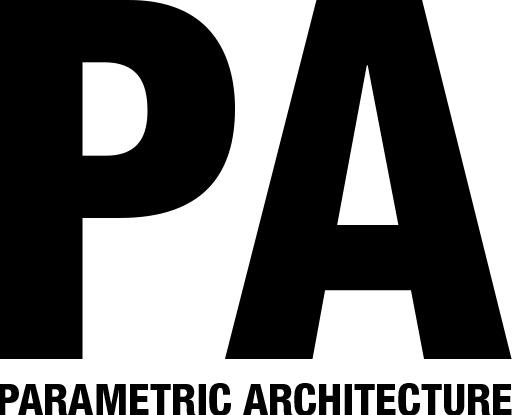






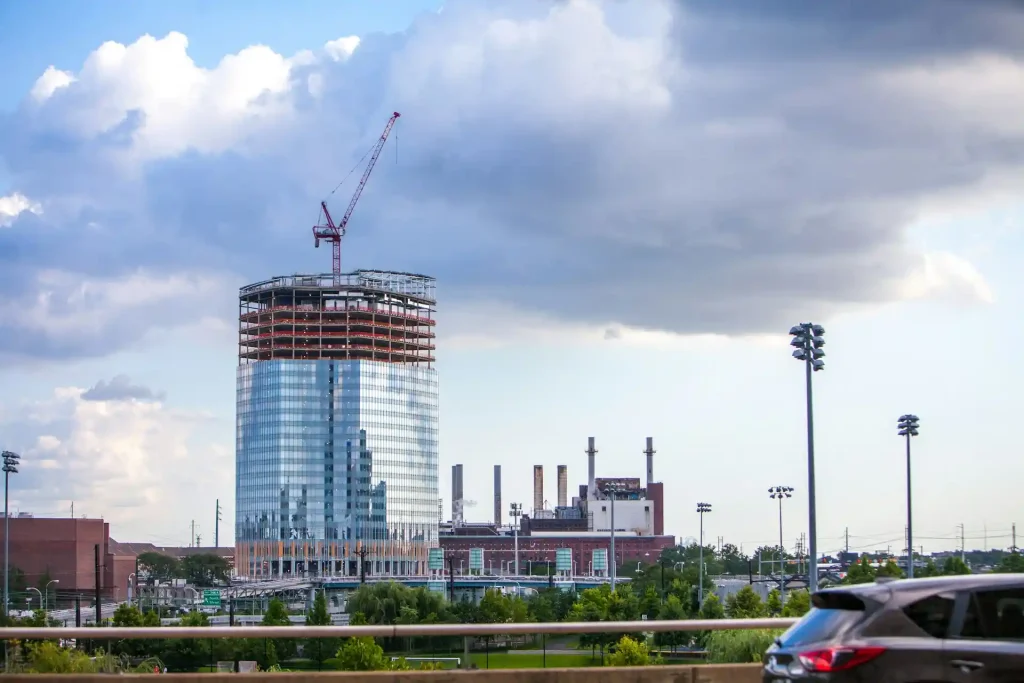

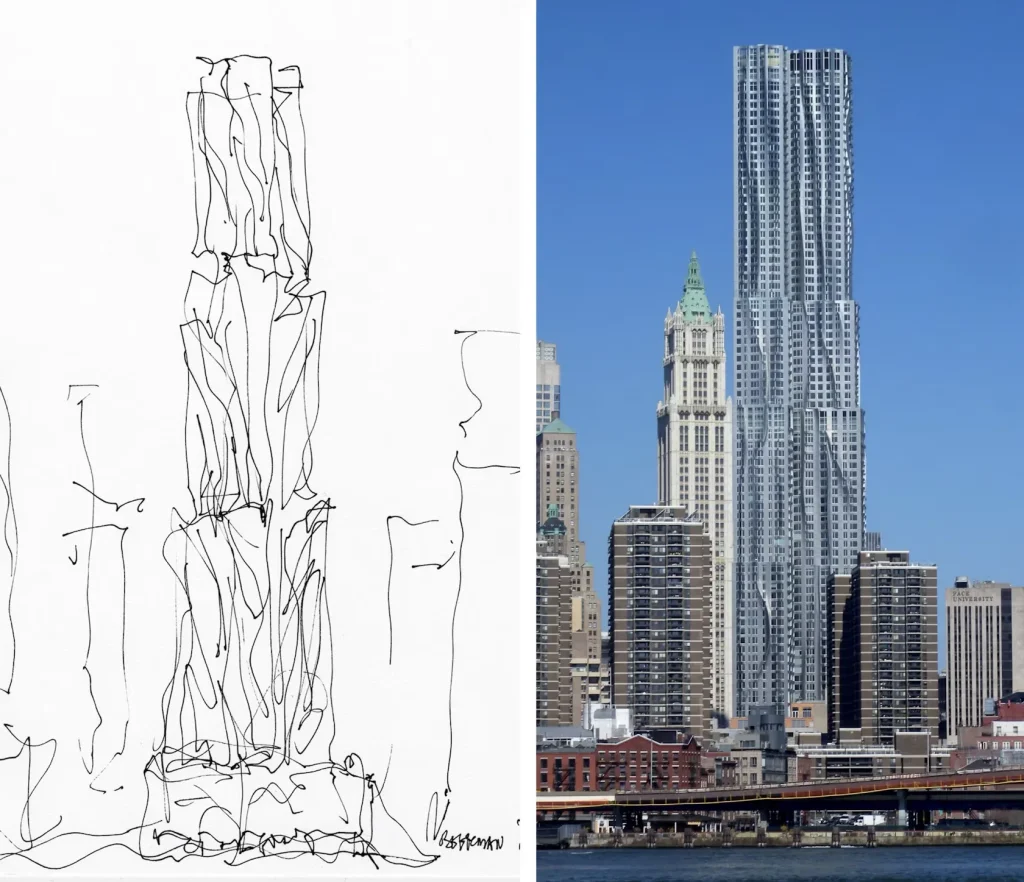
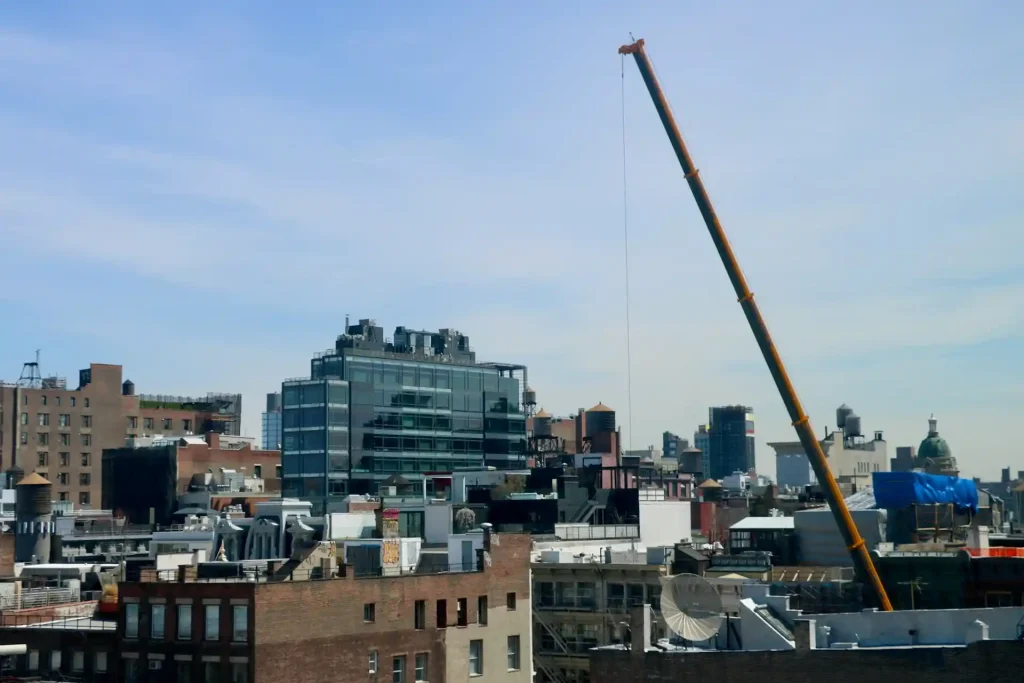
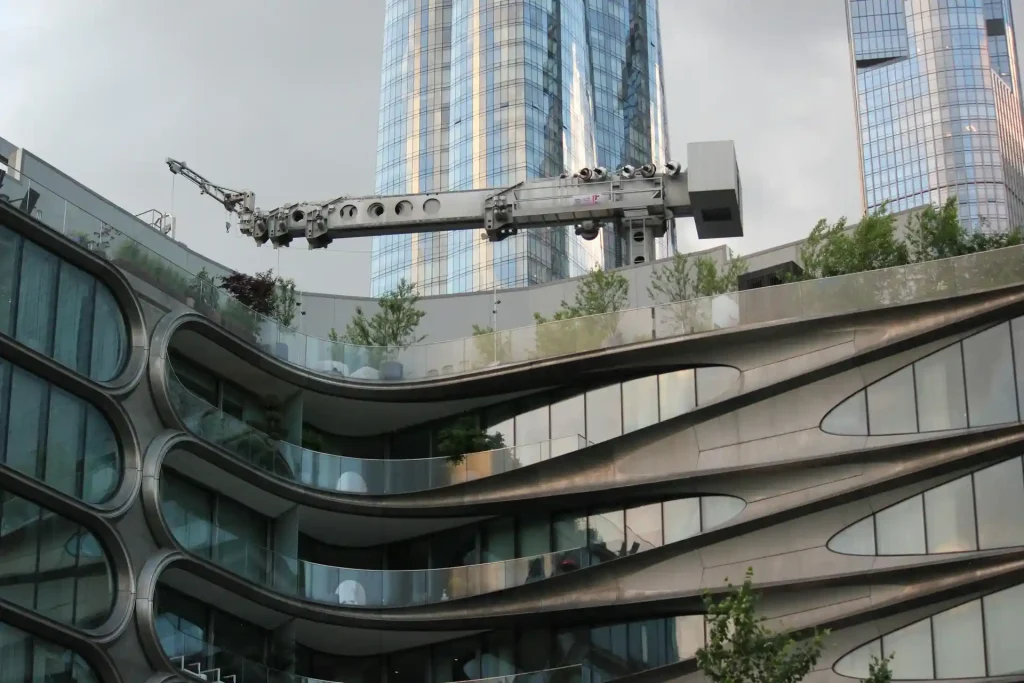
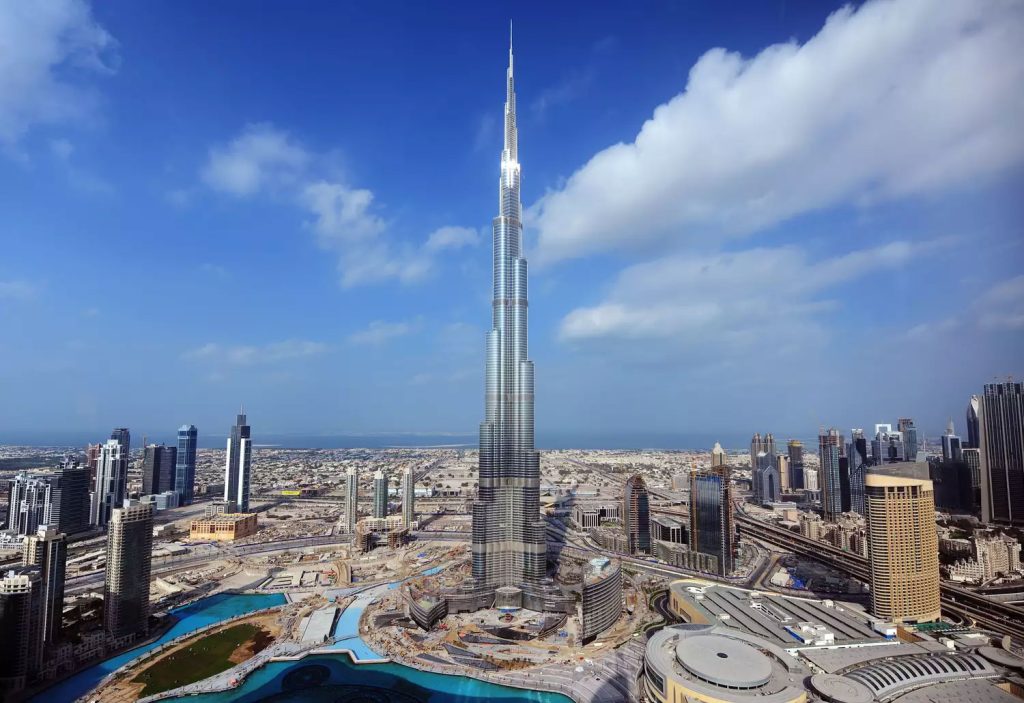
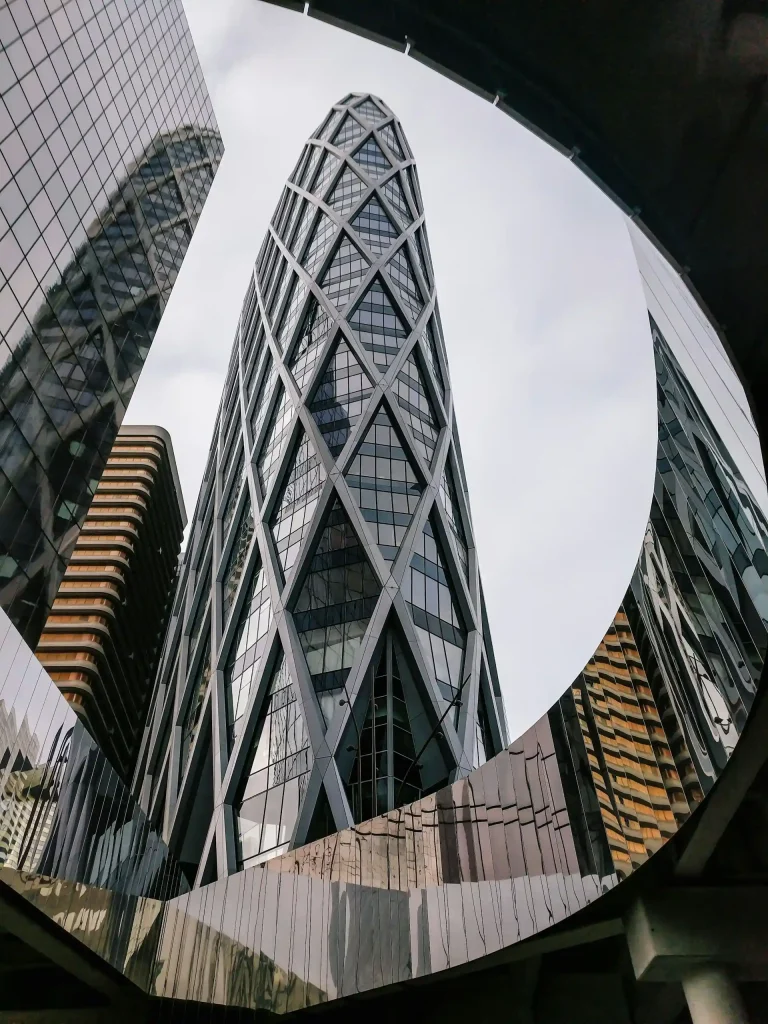

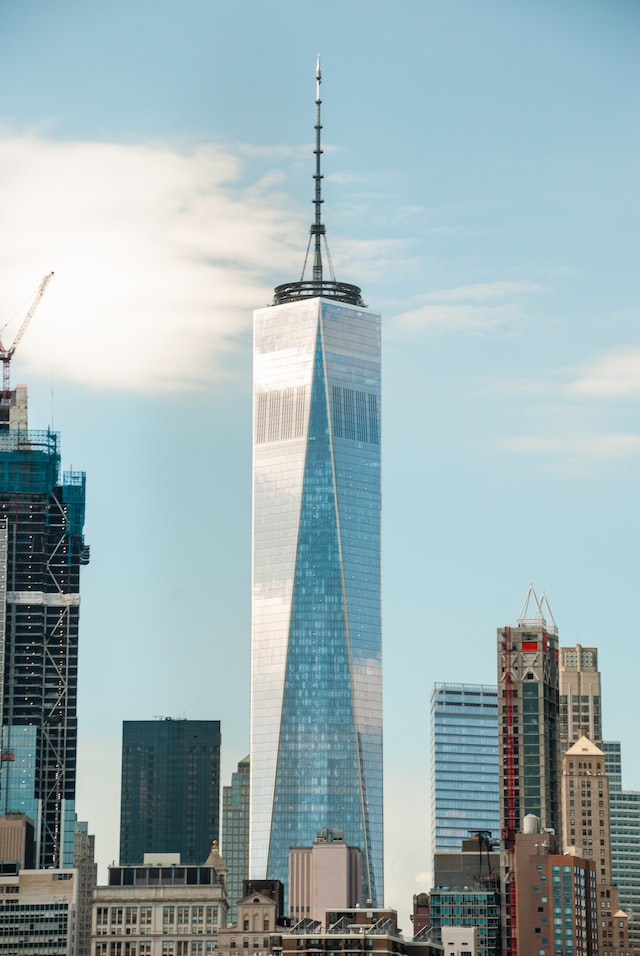



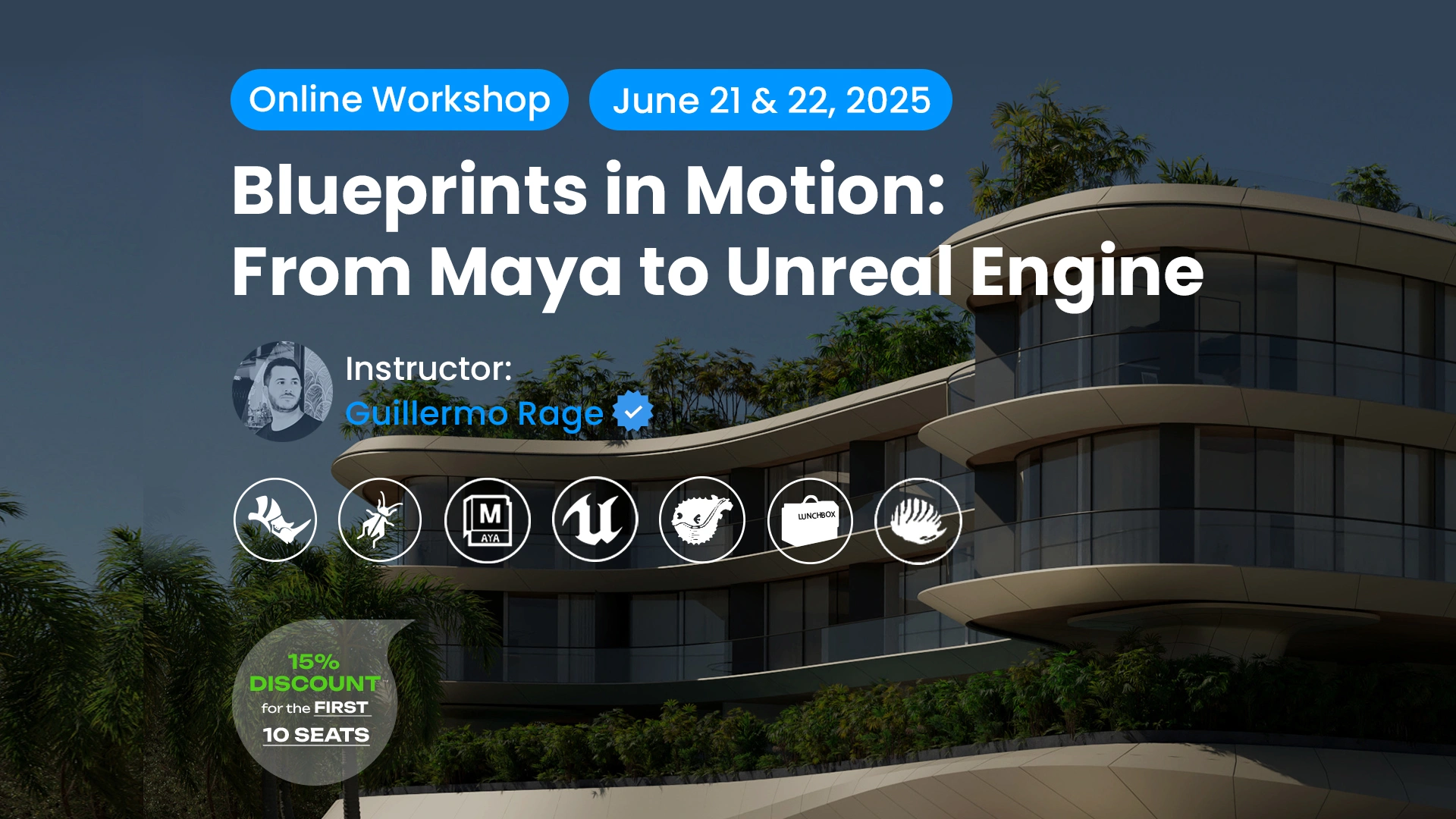











Leave a comment